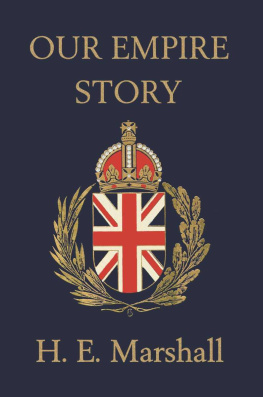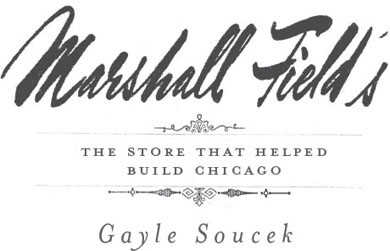Published by The History Press
Charleston, SC 29403
www.historypress.net
Copyright 2010 by Gayle A. Soucek
All rights reserved
Cover images from the collections of Peter Rimsa, Susan Greene and the author.
All internal images from the authors collection unless otherwise noted.
First published 2010
e-book edition 2011
ISBN 978.1.61423.000.7
Library of Congress Cataloging-in-Publication Data
Soucek, Gayle.
Marshall Fields : the store that helped build Chicago / Gayle A. Soucek.
p. cm.
Includes bibliographical references.
print edition: ISBN 978-1-59629-854-5
1. Marshall Fields (Department store)--History. 2. Chicago (Ill.)--Economic conditions. 3. Retail trade--Illinois--Chicago--History. 4. Field, Marshall, 1834-1906. 5. Merchants--Illinois--Chicago--Biography. 6. Chicago (Ill.)--Biography. I. Title.
HF5465.U64M377 2010
381.1410977311--dc22
2010029560
Notice: The information in this book is true and complete to the best of our knowledge. It is offered without guarantee on the part of the author or The History Press. The author and The History Press disclaim all liability in connection with the use of this book.
All rights reserved. No part of this book may be reproduced or transmitted in any form whatsoever without prior written permission from the publisher except in the case of brief quotations embodied in critical articles and reviews.
C ONTENTS
F OREWORD
I have always tried to make all my acts and commercial moves the result of definite consideration and sound judgment. I simply practiced honest, slow-growing business methods, and tried to back them with energy and a good system.
T he School of the Art Institute of Chicago is my alma mater; I earned my BFA in art education there in 1968. I was thrilled to have Chicago (my place of birth) as my campus and the treasure-chest museum as my playpen. Also, with a straight face, I have claimed Marshall Fields as my alma materI had to work my way through school and did so in the phonograph record section on the ninth floor of one of my favorite places on the planet, at 111 North State Street. During that phase of my life, I also spent many an hour wandering the halls of the Field Museum, another favorite place. If contemplation, absorption and delight could extract physical material from its locus there would be nothing left of those institutions but the footprints. I carry my pieces still.
Place keeps coming up here. It is an amorphous word, just right for contemplating whatever it was that molded me into this person, writing these words in honor of the contribution made to my life by a long-dead man called Marshall Field. In an era of newly wealthy industrialists and entrepreneurs eager to demonstrate civic responsibility and cultural attainment in one stroke, he outdid himself. Funding museums or world expositions is a rather obvious way to see results, but Mr. Field, a merchant at heart, did not let it rest there.
He gave the lady what she wanted: a beautifully appointed, magnificently and completely stocked place in which to shop. Not only that, it was a safe and dignified place wherein to rest and refresh, to meet with friends and write to others, to dine. This place invited and welcomed, accommodated and provided. That was not all: it occasioned moments of awe and delight just about anywhere she looked.
In the 1960s, when some of the less-respected departments were clearly in need of realignment with Marshall Field standards, the lady was still welcomed and considered always right; she could return any merchandise on any pretext. I tied gold cord around many a white-wrapped gift; I hand-selected records or guitar picks or metronomes, I demonstrated, recommended and guided. We all did that sort of thing. The store provided personal shoppers who routinely traversed the store filling orders that came by phone or mail. However, no one was stationed at the entries to greet shoppers, who didnt need the input of a contrived gesture to feel glad they had just stepped into shopping heaven.
I indulged in Walnut Room lunches and teas, thoroughly acquainted myself with the stock of my favorite departments and returned a good portion of my paycheck whence it came, over the counter. Being a visual person, I relished the areas that struck me as well done and mourned the penal-gray desolation of the girls clothing department. I rejoiced when they finally renovated the shoe department, giving a shot of high style to the midsection of the store. The arrival of Christmas was, of course, a joy to behold because it was still politically correct. The Great Tree was a riveting sight, as was the dense queue of visitors stoically waiting a turn to dine in its presence. I learned a lot with my eyes, and while I was not especially aware of it, I learned a lot about Doing Things Well and going the extra mile. It felt so good and adjusted my level of self-expectations upward.
That is what made Marshall Fields exceptional and compelling; it was the luscious rose to the bee. Yes, you could buy things there: belts and frying pans and door mats, Gucci and Chippendale and Jensen, knowing the store backed the quality and would even wrap it up in white and gold and deliver it as well. More importantly, you found pleasure and satisfaction in the process. This was a Place, a very fine one, where your needs were anticipated and met with a flourish, put together by a savvy man moved to enhance an otherwise mundane and wearying experience with beauty, quality, thoughtfulness and intelligence. His fellow merchants built similar stores, but none compared. The very name Marshall Fields is emotionally charged now; his flagship store isor wasa precious oasis and landmark of grace and civility in our culture, not just for Chicago but also for the world.
Susan Greene
American Costume Studies
Alfred Station, NY 14803
March 2010
A CKNOWLEDGEMENTS
There is certainly no pleasure in idleness.
W riting a book of this nature is most definitely not a solitary pursuit. Long hours spent hunched over the computer, oblivious to everything except the gradually unfolding story appearing on the monitor, tend to take a toll on the author. Without the generous support and understanding of family, friends and co-workers, the task would be nearly incomprehensible.
With this in mind, Id like to thank all those who contributed time, information, anecdotes, photos, memorabilia or moral support during this project. If Ive missed anyone, please know I havent forgotten your contribution, even if I have neglected to include your name here. Thanks to Jim McKay, Gloria Evenson and all the members of Fields Fans Chicago for everything youve provided, not the least of which have been friendship and support. Thanks to Susan Greene, Susan Pinto and Mike Russell, who were kind enough to share photos and remembrances, and to Shar Paul, Cathy Andorka, Lorena Lopez, Dan Sumiec and Barb Soberalski, whove always been in my corner.
And a special thanks goes to my ever-patient husband and live-in photography wiz, Peter Rimsa. Together, we make a great team.
Introduction
W HY M ARSHALL F IELDS M ATTERS
To do the right thing, at the right time, in the right way; to do some things better than they were ever done before; to eliminate errors; to know both sides of the question; to be courteous; to be an example; to work for the love of work; to anticipate requirements; to develop resources; to recognize no impediments; to master circumstances; to act from reason rather than rule; to be satisfied with nothing short of perfection.

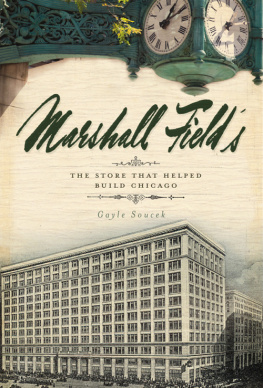

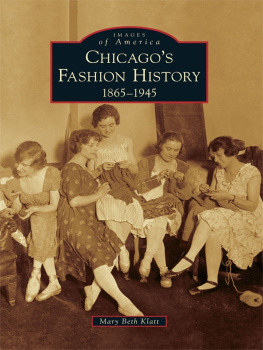

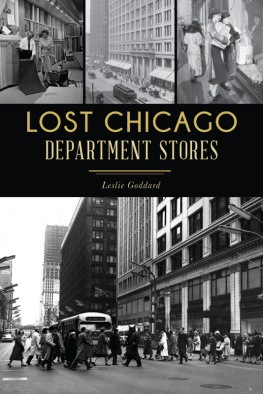

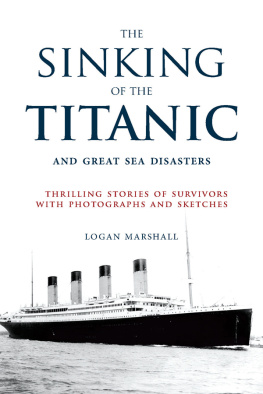
![Cavett Dick - Fields for President [UC]](/uploads/posts/book/171473/thumbs/cavett-dick-fields-for-president-uc.jpg)


